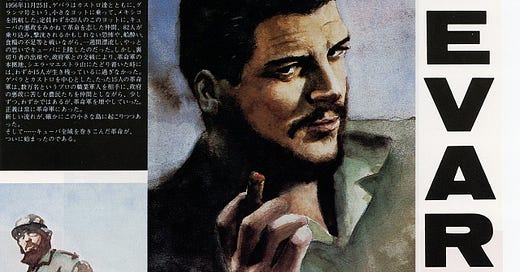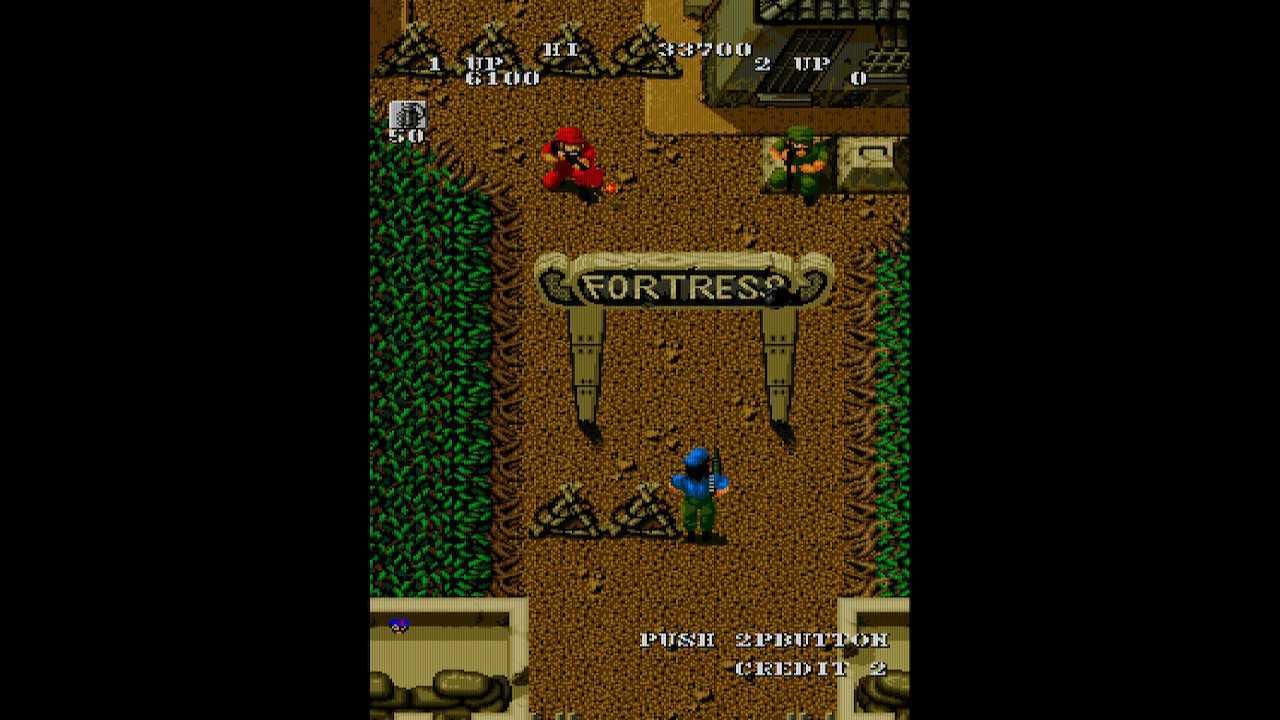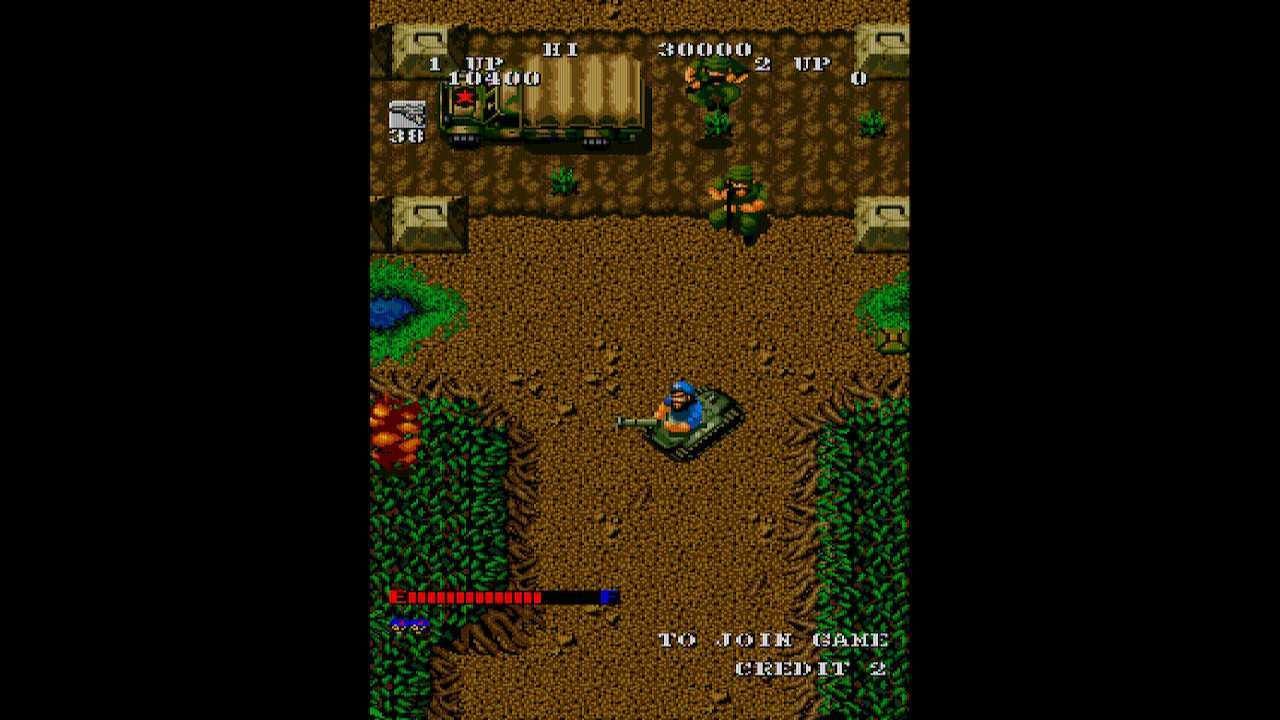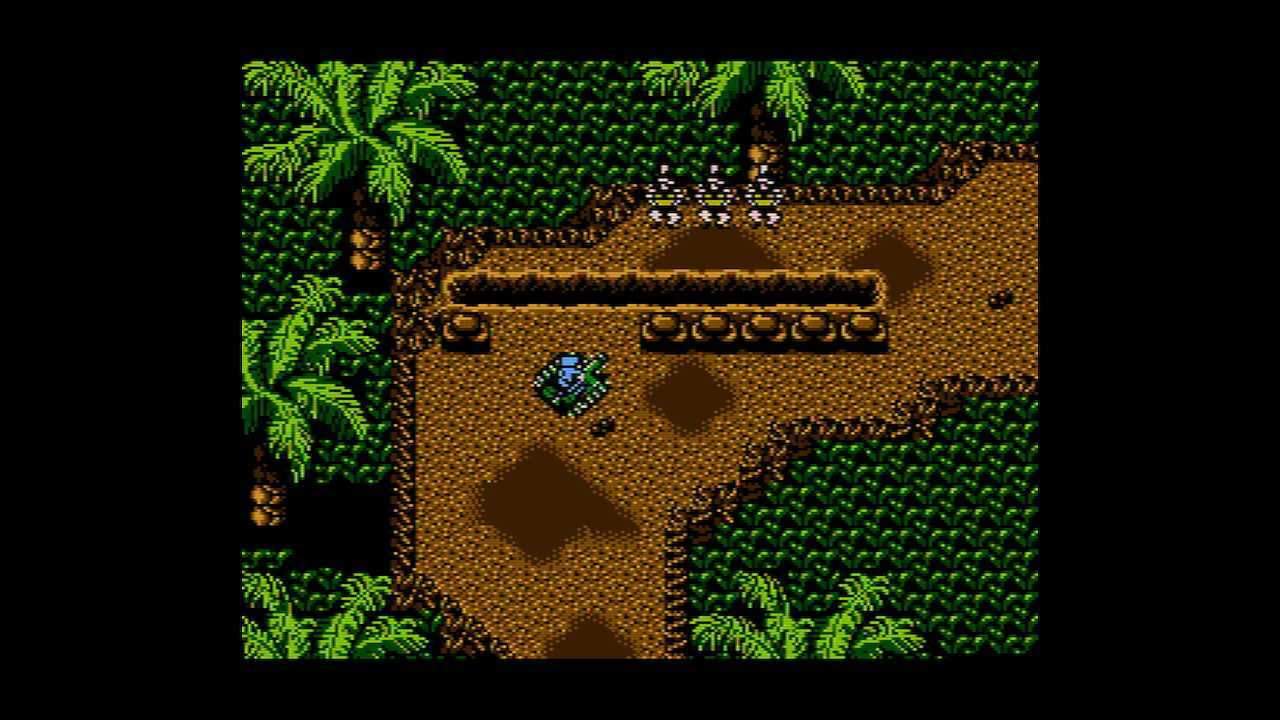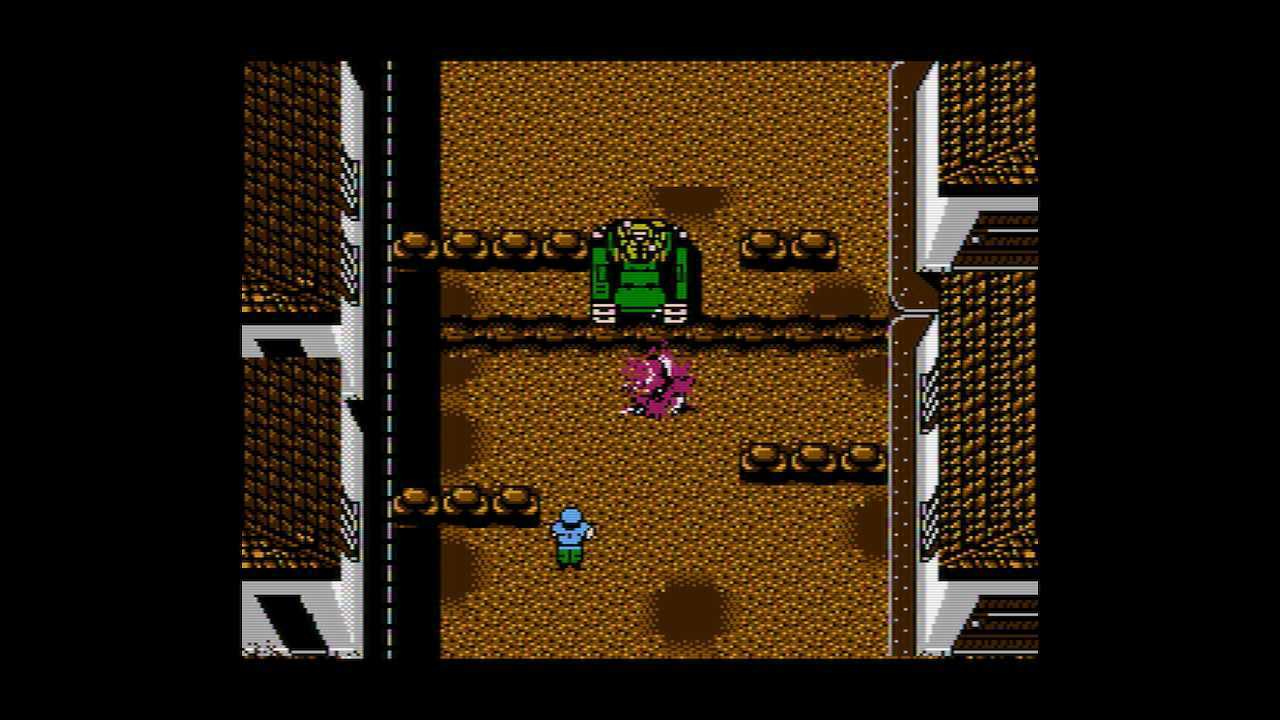XP Arcade: Guerilla War/Guevara
Anti-communist sentiment and regional localization means you might not have been aware that you played as Che Guevara and Fidel Castro in this 1980s arcade and NES run-and-gun.
This column is “XP Arcade,” in which I’ll focus on a game from the arcades, or one that is clearly inspired by arcade titles, and so on. Previous entries in this series can be found through this link.
Did you know that, in 1987, SNK developed an arcade game centered around the Cuban revolution? You might have even played it, but it’s possible you weren’t aware that what you were playing was that, considering that SNK took steps during the localization of the game to hide that fact from non-Japanese audiences. After all, this was 1987: anti-communism still exists, of course, but with Ronald Reagan still alive and the Berlin Wall still up at the time SNK was releasing this game… well, we’ve talked about how America was probably a little too xenophobic to have anime characters on the covers of their Japanese-developed video games in the 80s. You can imagine how well-received a video game where you get to play as Che Guevara and Fidel Castro liberating Cuba from Batista’s United States-backed military dictatorship would have been.
So, instead, this top-down run-and-gun game that was very much in the style of another SNK series, Ikari Warriors, released in North America as Guerilla War, rather than with its Japanese title of Guevara. Che Guevara and Fidel Castro were still your player one and player two characters from an art point of view, but they were certainly not named such, and the manual’s instruction booklet was also localized to remove any of the overt references that would have caused the ghost of Joe McCarthy to appear in Reagan’s bedroom in some kind of reverse Ghost of Christmas Past scenario.
The connection hasn’t been entirely erased, though. I mean, look at this flier for the Japanese arcade release of the game (courtesy a Simon Carless tweet from 2016:
This is obviously explicitly about Che Guevara, considering it says “The Cuban Revolution’s Hero” and his name in all-caps English, and while the beret you’re used to seeing isn’t there, that’s also clearly Che in the portrait, to the point that before I knew what Guerilla War was, seeing that art in the SNK Collection release of the game made me go, “huh,” and led me to realizing that yes, that isn’t just someone designed to look like him. It is him.
The North American version of the arcade game had similar art, but the references to Che and Cuba were gone. It was now set in a generic place that definitely wasn’t supposed to be Cuba and definitely wasn’t supposed to star Guevara or Castro, though, the shape of the world’s map was still clearly Cuba. So between the game’s art, Guevara’s in-game beret, and even minimal knowledge of geography, you could get there yourself in the age before Wikipedia.
Usually, these kinds of games were set in generic locations, with generic tough guys — who may or may not have even needed to wear shirts — to evoke a kind of Rambo super soldier feeling of invincibility, so that Guevara was set in so specific a time and place — albeit with less historical accuracy than even the most ridiculous Assassin’s Creed timelines, since video games of the time had to invent action that didn’t necessarily exist in whatever was being adapted, like in the Star Wars games or Total Recall or whatever you can think of, really — is surprising for more than just the fact that this particular event is what was being adapted.
Guerilla War/Guevara feels more like a sequel to Ikari Warriors than the actual sequels to Ikari Warriors. It utilizes the same run-and-gun gameplay with the same kind of top-down perspective that SNK so obviously borrowed from Capcom’s Commando, but it also lets you fire in eight directions through the joystick, which lets you point at whichever angle you need to and fire with another input. The arcade version of Guerilla War is a slog, but I don’t mean that in a negative way. It’s slow-going, because there are just so many soldiers and tanks to contend with, even early on in the game’s five stages, and you die if you take a single hit, either by bullet or explosion or simply bumping into an enemy soldier. You also have prisoners of wars to rescue — worth 1,000 points for a successful liberation, and negative 500 points if you they die by either your or the enemy’s hand — and since it is a bummer to see them killed because you want to save them but also because you need points to earn extra lives, you need to move slowly and aim carefully when they’re on screen.
You also need to be aware of the potential environmental destruction you can do. Using grenades and special weapons to blow up obstacles is one thing, and required to progress, but you also have to be careful not to blow up bridges you could use to drive a tank you are temporarily driving around in over, or else you will end up slowly crossing that body of water on foot, while enemies swarm you in droves.
You have infinite ammo in your short-range rifle, but you’re also equipped with 50 grenades per life, which you’ll need to use to attack enemy vehicles and the aforementioned obstacles like sand bags and fencing. There are other power-ups you can grab from defeated foes in red uniforms, such as a flamethrower and rocket launcher, which can also damage enemy tanks and obstructions, and if you hop into a tank while equipped with those, then the tank will also have a flamethrower or rockets instead of its standard rounds. Getting in a tank is a lot like being on foot from this perspective, yes, but since you can take multiple hits while in a tank and keep on going, and have time to abandon it before it eventually explodes, it’s still worth it to get in every one of them that you see in order to extend how long one of your precious lives lasts.
The whole experience is a real quarter-muncher, difficulty-wise, even on the “easy” difficulty that the SNK Collection lets you play on. But since in the present, in emulated versions of the original arcade release, you can also set things so that you have infinite continues, you can eventually power through the game without using your laundry quarters. You just might not have the all-in-one high score of a one-credit clear to show for it.
You might not know it if you aren’t familiar with how powerful arcade boards were in the late-80s, and how popular and successful the Nintendo Entertainment System was, but from a technical standpoint, the latter just had nothing on the former. The gulf between what arcade machines could produce and what the NES could do was vast, and really, the NES was well behind some of its contemporaries, too: Sega’s Master System was capable of a whole lot more visually than the NES, while the generation-straddling Turbografx-16 certainly had its share of “you couldn’t do this on the NES” moments, too.
Of course, graphics aren’t everything, and there is an argument to be made that the console version of Guerilla War is superior to the arcade one. It’s a faster, smoother, less frustrating experience, one that removed the need to steal kids’ lunch money from the equation, and unlike far too many arcade-to-console ports that could have been interesting at the time but were programmed by Micronics and so have some problem or another in them — including the aforementioned NES edition of Ikari Warriors — SNK handled this NES port themselves. And it’s great, despite the technical limitations.
Maybe it’s a bit of a shock going from this…
…to this…
…and this:
But if you care more about how it all plays than how it looks (and can deal with some screen flickering) you’ll have no problem with the console version of Guerilla War. Which, by the way, strays even further from the Cuban revolution origins of the game by saying these freedom fighters are trying to take down a literal king. And emphasizes the music a bit more than the arcade version of the game, too, though, being the NES, either music or sound effects will cut out when too much is happening on screen.
Both versions are included in the SNK 40th Anniversary Collection that was developed by Digital Eclipse, as well as Japanese versions of each, and the arcade version is also part of the Arcade Archives series, with all the little modern quality of life tweaks you expect from re-releases, like rewind, filters, and button mapping. Sadly, all of the parts in the Japanese versions that make it clear who and what the game is about are in Japanese, too, so unless you can read that, you’ll just have to be satisfied with the knowledge that you are Che Guevara and your couch co-op partner is Fidel Castro, and you are overthrowing a vicious military dictator and bringing an end to the exploitative plantation system of Cuba that had its roots in the Atlantic slave trade. Remember to laugh at Reagan’s ghost if it shows up to chastise you about enjoying this game; he can’t hurt you now.
This newsletter is free for anyone to read, but if you’d like to support my ability to continue writing, you can become a Patreon supporter, or donate to my Ko-fi to fund future game coverage at Retro XP.

